
Sustainable Procurement
“Buying local” is commonly associated with fresh food sourced from neighboring farmers or producers. In school food service, “Farm to School” has become the primary term for this idea.
So what is Farm to School (also referred to as F2S, Farm to Institution, and Farm to Cafeteria)? While the title appears straightforward, it certainly represents more than just “buying local.” It’s a mindset and an approach to connect food education to the process of raising healthy kids.

Sustainable Procurement
“Buying local” is commonly associated with fresh food sourced from neighboring farmers or producers. In school food service, “Farm to School” has become the primary term for this idea.
So what is Farm to School (also referred to as F2S, Farm to Institution, and Farm to Cafeteria)? While the title appears straightforward, it certainly represents more than just “buying local.” It’s a mindset and an approach to connect food education to the process of raising healthy kids.
F2S activities encompass everything from planting a garden to visiting a farm to using locally grown ingredients in a menu. F2S can also include teaching kids to cook with local foods, and bringing farmers to school to teach kids about farming and food production. From an economic perspective, the positive impact of school districts investing in their local economy is enormous. The USDA’s Farm to School Census has indicated that 789 million dollars have been invested in local food and milk purchases in just one school year.
Early F2S activities began in the late 1990s in a small number of schools. The concept grew as a grassroots movement supported by many organizations working on the re-establishment and growth of regional food systems. The activity was noticed at the federal level, and in 2004, the Child Nutrition Reauthorization Act established a federal farm to school program (which was not funded at that time). Many states also passed legislation that either established state-based F2S initiatives, funding, or regulations that encouraged procurement and education activities between farms and schools. To date, 67,369 school with 42.8 million students reported that they participate in farm to school.
In 2007, the National Farm to School Network (NFSN) was established through key funding from the W.K. Kellogg Foundation as a collaborative of more than 30 organizations. The NFSN was initially led by the Community Food Security Coalition and the Urban and Environmental Policy Institute at Occidental College. NFSN is now a project of the Tides Center. The NFSN established eight regional lead agencies, 51 state leads, and an advisory board in addition to their national staff. Through their extensive outreach, they have truly grown the movement across the country.
Here is a timeline of events since its inception
The Farm Bill established geographic preference as a way to support opportunities for local procurement in school meal programs.

The USDA established the Know Your Farmer, Know Your Food Initiative which coordinates USDA staff across the nation to share resources and publicize USDA efforts related to local and regional food systems.
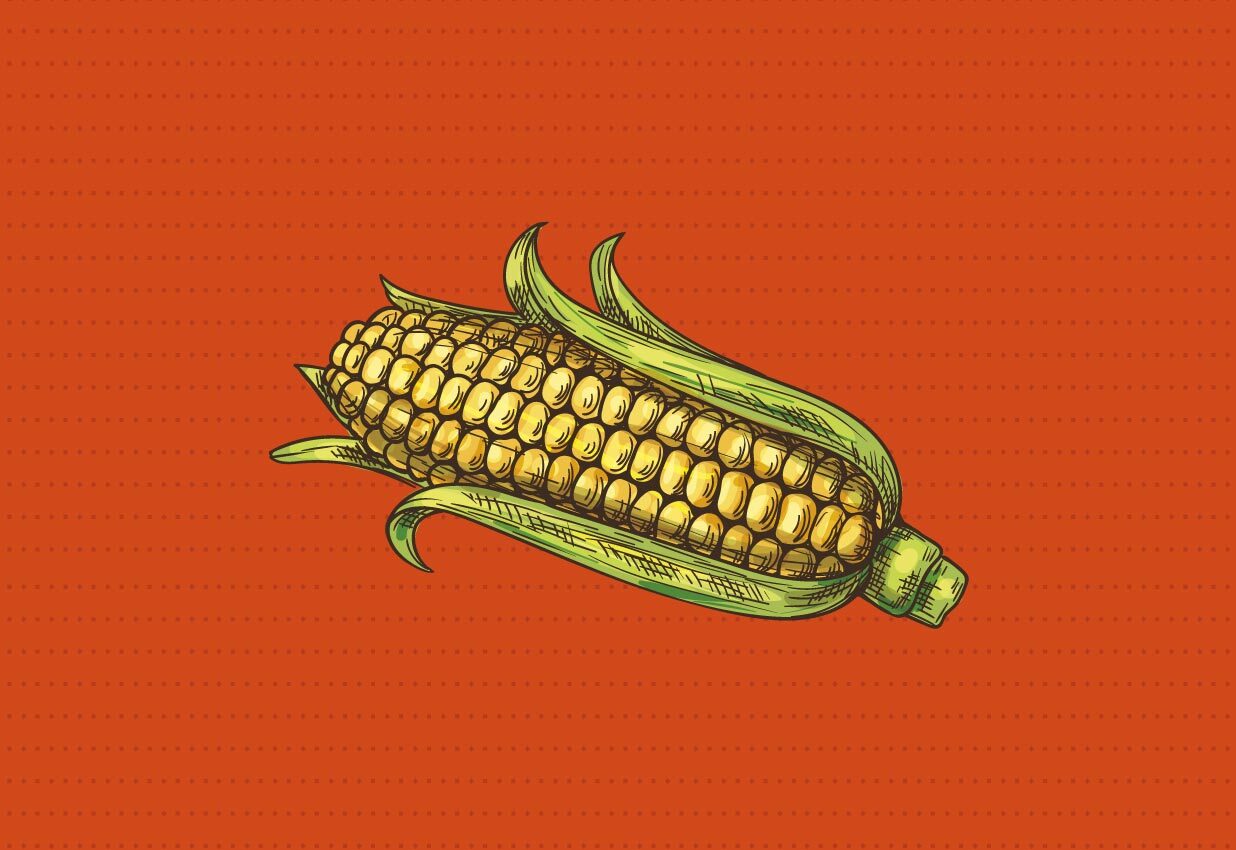
The Healthy, Hunger-Free Kids Act (HHFKA) provided $5 million per year in mandatory funding of the Farm to School Grant Program, a huge accomplishment supported by NFSN and many other supporters nationwide. The subsequent growth of F2S was remarkable. The impact of HHFKA created a special focus within USDA on F2S, which resulted in the first Farm to School Census that surveyed 13,000 school districts about F2S activities in the 2011-2012 school year. The survey identified F2S activities in over 3,800 districts (38,000 schools) in 50 states.

The USDA named Deborah Kane as the first head of the USDA’s Farm to School initiative. F2S is now housed under the broader initiative, Community Food Systems.

The USDA F2S initiative published the guide, “Procuring Local Foods for Child Nutrition Programs,” mentioned previously as a key resource for learning and creating your local procurement.

How to Begin
Like all areas of planning, examine where you are now. You may unintentionally have some local items in your system, if your vendor doesn’t identify the production source. Ask your vendors if they consider current items as local, and include clear identification of locally sourced foods in your procurement specifications. Food vendors today are highly aware of the public interest in local and regional foods. As demand increases, the infrastructure for accessing local foods will improve.
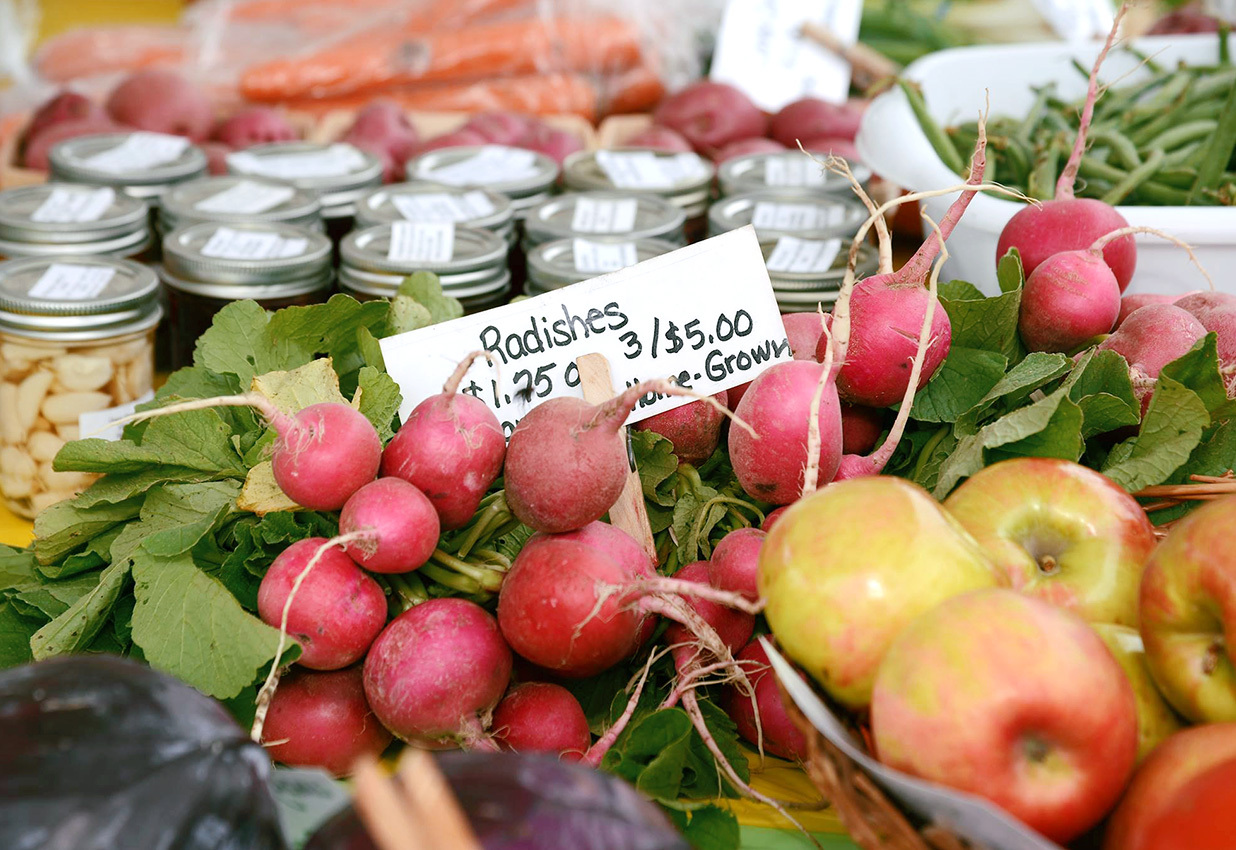

How to Begin
Like all areas of planning, examine where you are now. You may unintentionally have some local items in your system, if your vendor doesn’t identify the production source. Ask your vendors if they consider current items as local, and include clear identification of locally sourced foods in your procurement specifications. Food vendors today are highly aware of the public interest in local and regional foods. As demand increases, the infrastructure for accessing local foods will improve.
Also, add “local” as a designation to track in your procurement system. Establishing the baseline data now will showcase your growth and illustrate how you expand this area over time. Setting procurement goals and sharing the data is an incredibly useful way to message your program’s innovations, especially the link between your school and the broader community. “Buying local” is considered progressive, as well as helpful for the local economy. As an added bonus, fresh ingredients are a great opportunity for lunchroom education and connecting kids with their local environment.
Forecasting and Sourcing Local Foods for Your Menus
As in all areas of procurement, your menus will drive the opportunity to expand the use of local foods. Districts that cook from scratch are already prepared for whole, local ingredients, and districts with a central or regional production model can leverage their volume to be an attractive customer for a local or regional producer. All areas of the menu create opportunity—from meat to vegetables. Your milk is most likely produced in your state, since moving fluid milk is expensive. As a result, milk is one commodity that has retained its regional production and distribution channels, unlike the rest of our food ingredients.
Depending on location, there may be well-developed procurement channels for sourcing certain products like produce. Using the USDA F2S Census is a quick way to locate any existing procurement or other F2S educational programming in your area. Additionally, your State Department of Agriculture, local Ag Extension offices, universities, and regional or state non-profits working in the food system arena are all excellent resources for sourcing local foods.
There are also third-party vendors that focus specifically on local procurement for commercial accounts and institutions such as hospitals, universities, and K-12. Examples of these types of vendors include Cherry Capital Foods in Northern Michigan and the previously mentioned Farm Logix. The two models are quite different. Cherry Capital aggregates farm product, markets it, and delivers to the district themselves. On the other hand, Farm Logix identifies desired products, then find the growers and available product volume, and ultimately moves that bulk order to a single point for distribution utilizing the customer’s (district’s) existing distribution channel, i.e. Sysco or Gordon’s Food Service.
In addition to focusing on local distribution and sourcing, you can often use competitive bids to drive value-based purchases. The Common Market recently distributed this report, “Advancing School Food Procurement: Driving Values-Based Purchases Through Competitive Solicitations,” which compiles existing values-based food solicitations from across the U.S. and lifts up best practices and insights from school food leaders, including school nutrition directors, food service management company representatives, USDA farm to school staff, and more.
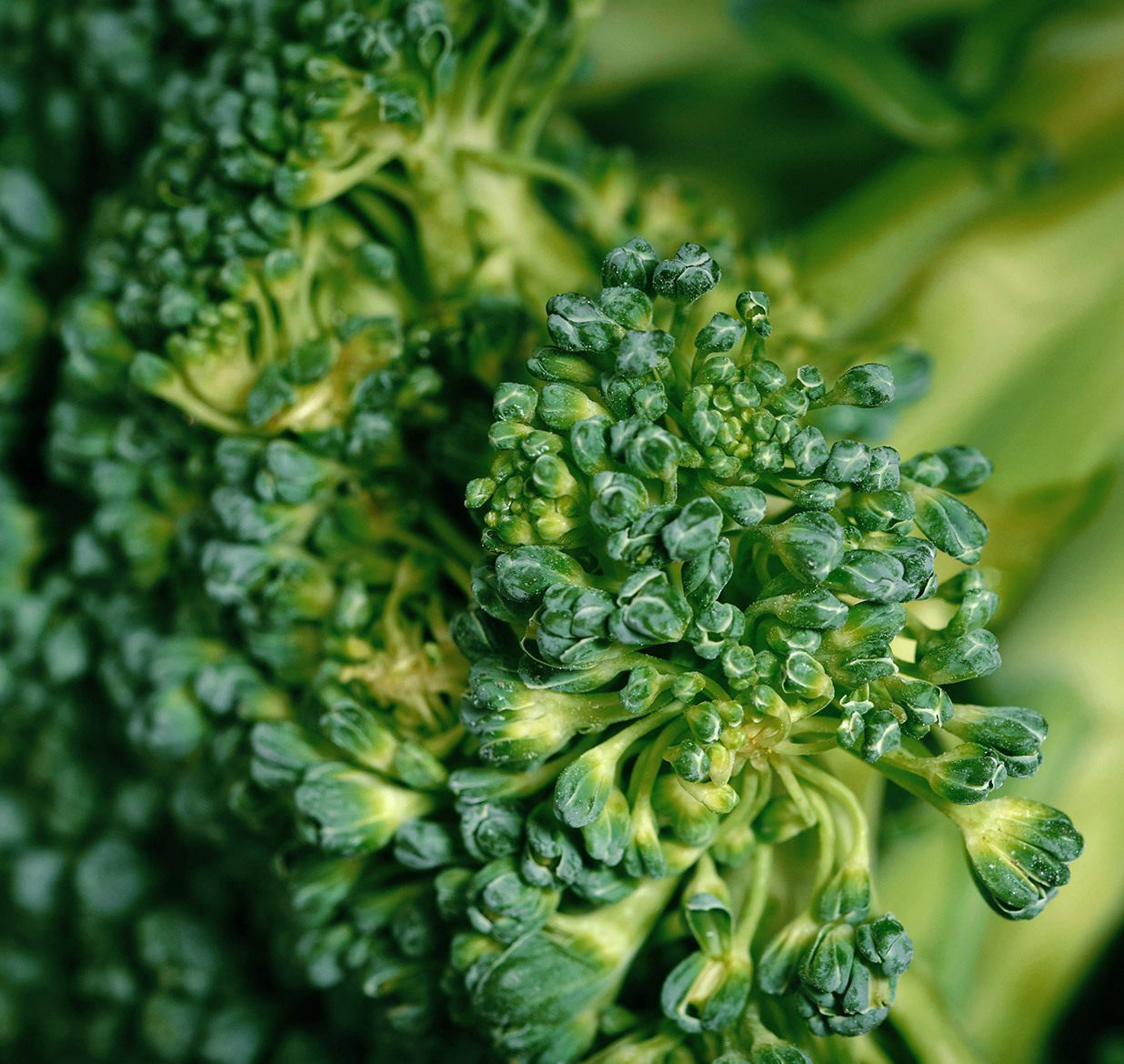
Going Local
Geographic Preference
Over the last 15 years, the local food movement has driven a resurgence in small farm entrepreneurs and the expansion of farmers markets across the United States. In turn, one of the fastest growing segments in school food is the desire to “keep it local.”
The trend became official when the 2008 Farm Bill amended the Richard B. Russell National School Lunch Act, which directed the Secretary of Agriculture to encourage Child Nutrition Programs to apply an optional geographic preference known as the “Geographic Preference Option for the Procurement of Unprocessed Agricultural Products in Child Nutrition Programs.”

Going Local
Geographic Preference
Over the last 15 years, the local food movement has driven a resurgence in small farm entrepreneurs and the expansion of farmers markets across the United States. In turn, one of the fastest growing segments in school food is the desire to “keep it local.”
The trend became official when the 2008 Farm Bill amended the Richard B. Russell National School Lunch Act, which directed the Secretary of Agriculture to encourage Child Nutrition Programs to apply an optional geographic preference known as the “Geographic Preference Option for the Procurement of Unprocessed Agricultural Products in Child Nutrition Programs.”
Since 2008, there has been much discussion and many questions posed, resulting in a need for clarification on 1) how to apply the geographic preference rule in our procurement processes, and 2) how to define local. The following memos provide guidance on how to correctly apply the geographic preference policy:
The National Farm to School Network provides up to date information on farm to school policies—including geographic preference and the Farm Bill—at the local, state and national level.

...one of the fastest growing segments in school food is the desire to “keep it local.”

...one of the fastest growing segments in school food is the desire to “keep it local.”
In 2013, School Food FOCUS published “Geographic Preference, A primer on purchasing fresh local food for schools,” prepared by the Harrison Center for Public Law, Georgetown Law. This thorough guide provides legal and practical information on how to apply geographic preference as part of the federally-required, competitive procurement procedures. Similarly, the USDA’s Farm to School guide, “Procuring Local Food for Child Nutrition Programs,” provides a step-by-step how-to on Farm to School procurement and is an excellent resource for understanding this important shift in school food.
Defining Local in Your District
Determining the district’s definition of “local” is a necessary step when detailing your vision of procurement. Depending on where your district is located, realistic access to locally grown and raised product may mean a 50-mile radius or it could include the entire state and bordering states. And different product areas may have different designations. For example, produce may be plentiful nearby, but meat may be primarily grown in another region of the state. A district might create a tiered definition including county, region (with a mileage designation), and state. All would be considered local, but the county designation would be preferred.
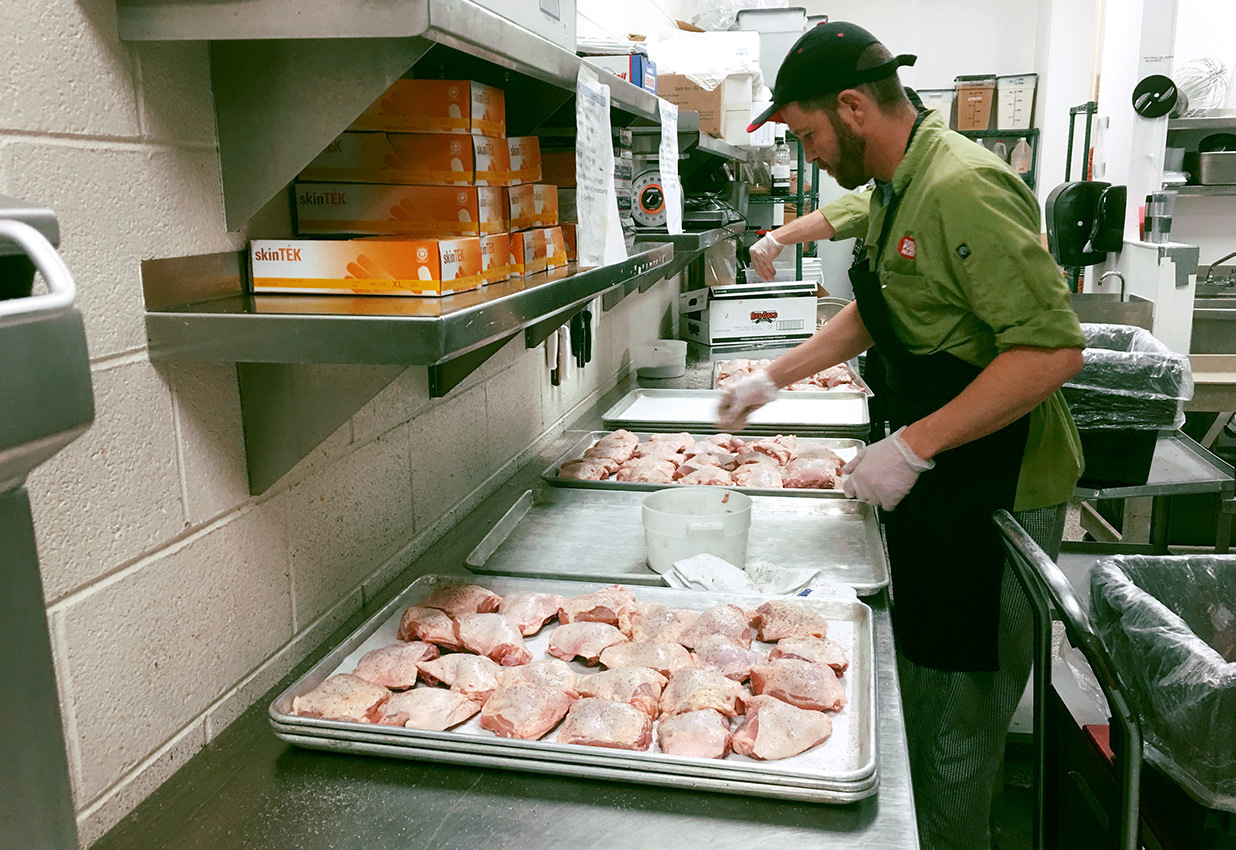
Meat & Poultry
Responsibly-Produced Meat & Poultry
The Agricultural Marketing Service purchased more than 274 million pounds of chicken for the USDA Foods program in 2022. Beef purchases amounted to less than half that at 139 million pounds. With so much meat served in schools, it has become increasingly important for schools to be aware of the impact of non-medical use antibiotics in the meat industry. The widespread use of antibiotics in animal agriculture in the United States seriously compromises their efficacy in treating human infections caused by drug resistant bacteria as noted by the CDC in its 2013 report, “Antibiotic Resistance Threats in the United States.”
The Pew Charitable Trusts and School Food FOCUS (now part of FoodCorps) developed the “Certified Responsible Antibiotic Use Standard for Poultry (CRAU),” which provides the first standard, third-party certification verified by the USDA. It is now managed by the Antibiotic Resistance Action Center (ARAC) at the Milken Institute School of Public Health at the George Washington University. The CRAU standard is for the rare use of medically important antibiotics in poultry production if prescribed by a licensed veterinarian. This standard was also referenced as an alternative approach in the Urban School Food Alliance’s 2014 announcement that it is adopting a “No Antibiotics Ever” specification for its poultry procurement, which includes:
- No animal byproducts in the feed
- Raised on an all-vegetarian diet
- Humanely-raised as outlined in the “National Chicken Council Broiler Welfare Guidelines and Audit Checklist”
- No antibiotics ever
With large corporate attitudes shifting—such as McDonalds’s work to reduce the overall use of antibiotics important to human health as well its adoption of the “McDonald’s Global Vision for Antibiotic Stewardship in Food Animals”—we can anticipate that the major producers will increase the availability and reduce the cost of poultry that meets these standards.
We hope that public demand to limit the use of pharmaceuticals in livestock management will ultimately result in broad adoption of better practices, and that USDA foods will eventually include specifications for hormones and antibiotic use in meats and poultry in their procurement for meal programs.
To stay informed on the progress of these issues, The Environmental Working Group regularly tracks the health and environmental impact of the meat industry via their Meat-Eaters Guide. The Pew Charitable Trusts’ Antibiotic Resistance Project provides ongoing research and analysis as well.
If and when your district makes changes to this area of your procurement, remember that it’s important to market your work to your community. Many people will support your efforts as well as your broader food program when they understand the impact of your commitment to fresh, safe food.
Local Freshly Prepared Foods
Prepared foods are still finding a way into schools. Why? Many school districts have visions of offering something “special” for the kids, but can’t prepare it themselves due to lack of facilities or skills. Depending on the market in your geographic location, there may be several potential companies that would respond to an informal or formal solicitation to develop freshly prepared foods specifically for your program. There are also great marketing benefits for a district when it can support local businesses.
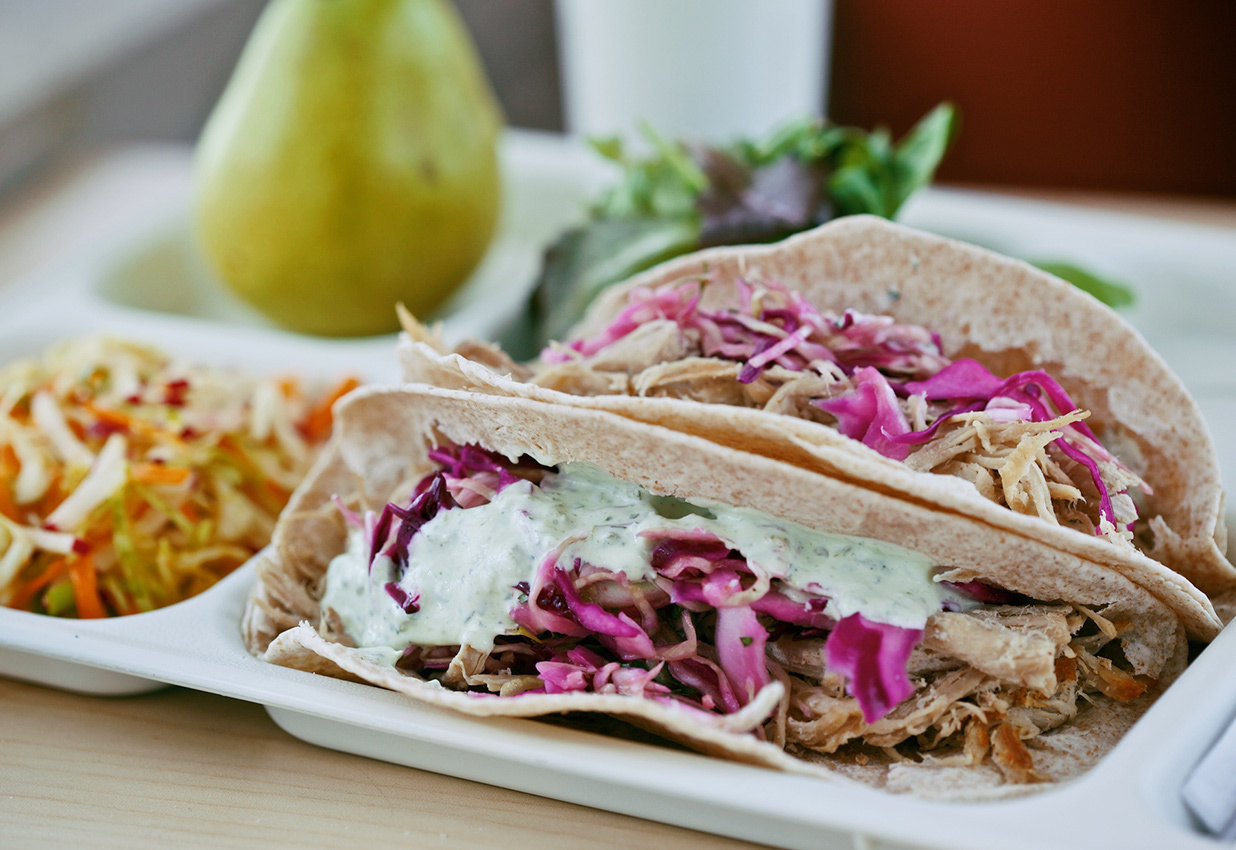

Local Freshly Prepared Foods
Prepared foods are still finding a way into schools. Why? Many school districts have visions of offering something “special” for the kids, but can’t prepare it themselves due to lack of facilities or skills. Depending on the market in your geographic location, there may be several potential companies that would respond to an informal or formal solicitation to develop freshly prepared foods specifically for your program. There are also great marketing benefits for a district when it can support local businesses.
Prepared Foods Examples: Bagels and Taco Meat
A good example is a district that wanted fresh, locally-made bagels delivered once a week to their schools serving universal classroom breakfast. They wanted a two-ounce equivalent, 50% whole grain-rich bagel delivered to four schools—approximately 1,000 units a week. The size of the bagel was certainly going to be custom, and no one at the time had even heard of 50% whole grain rich! The district’s Registered Dietitian developed a specification based on the guidelines and then the procurement team contacted three local bagel companies to see if this idea might spark some interest. Sure enough, it did. One company developed the product and met both the cost and delivery requirements. It was a relatively small volume item for the bagel company, but the positive benefit of partnering with the district by fulfilling the request was worth it.
Another unique example is when a district partnered with a food manufacturer to make taco meat and meat sauce - a “value-added” product using the district’s brown box ground beef. At the time, the district did not have the equipment or capacity to safely cook the required volume of beef, so they connected with a local business focused on private label food production. The company considered the challenge and provided the cooking, seasoning, storage, etc. We consider this type of procurement a “sole source” or non-competitive procurement because there were no other competitors in the area that could provide the same processing value. A few years later, the school district was able to produce the product from scratch due to a reorganization of their production model. Meanwhile, the food manufacturer had developed more relationships with other nearby school districts as a result of their foray into the K-12 market.
Benefits to Food Companies
The cost of these methods might appear to be prohibitive at first, but entrepreneurial food companies may be more willing to partner with school districts because it can have a positive impact on the sales of other non-school products that they produce. Key factors for success of these ventures include educating potential vendors about the K-12 environment, being clear about what the school district requires from vendors, and making sure the product is developed to specification. We also recommend student taste testing to ensure products are well received.
Recommended Next Topic: Bulk Milk
Milk, offered with every meal—usually in a carton or plastic bottle—is delivered two or three times a week without a thought. Can this model be improved? Yes! Bulk milk is a concept that is ripe with opportunity. Bulk milk dispensers, aka “cows” are a staple of many institutional cafeterias, like universities or corporate dining rooms…why not your cafeterias?
Recommended Next Topic: Bulk Milk
Milk, offered with every meal—usually in a carton or plastic bottle—is delivered two or three times a week without a thought. Can this model be improved? Yes! Bulk milk is a concept that is ripe with opportunity. Bulk milk dispensers, aka “cows” are a staple of many institutional cafeterias, like universities or corporate dining rooms…why not your cafeterias?






